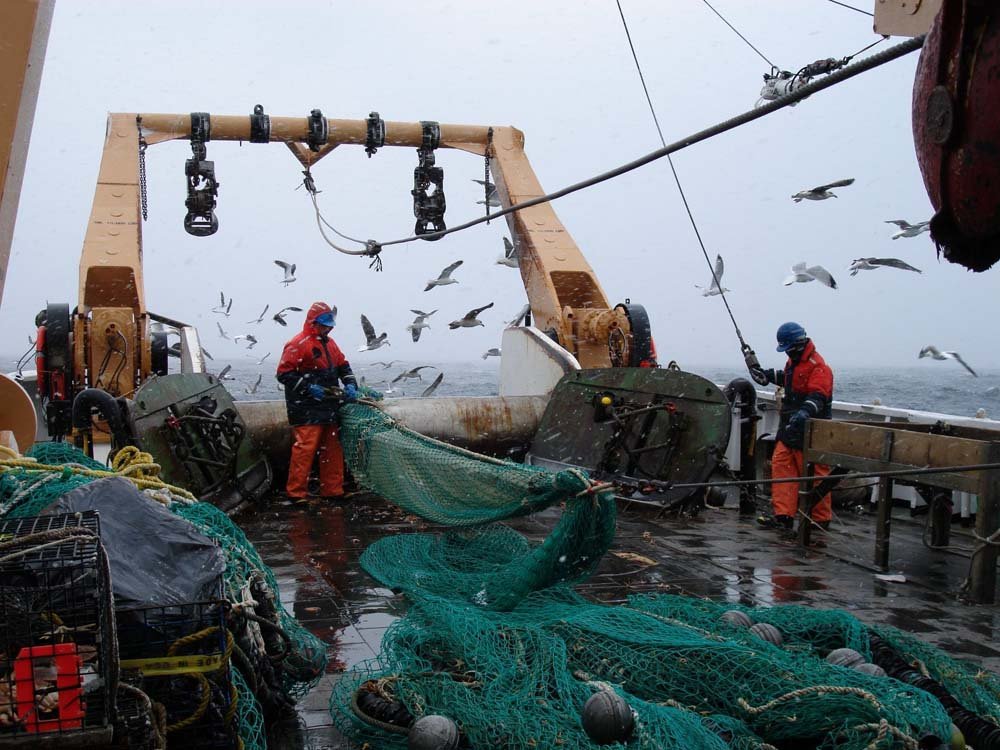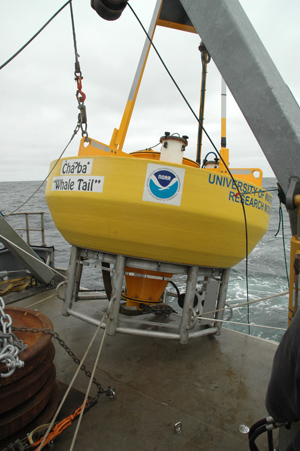Natural Aquaculture: Can We Save Oceans by Farming Them?
A small but growing number of entrepreneurs are creating sea-farming operations that cultivate shellfish together with kelp and seaweed, a combination they contend can restore ecosystems and mitigate the impacts of ocean acidification.
Natural Aquaculture: Can We Save Oceans by Farming Them? Read More »








